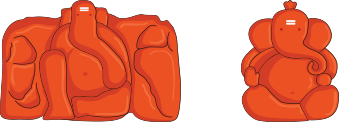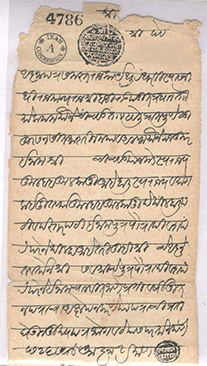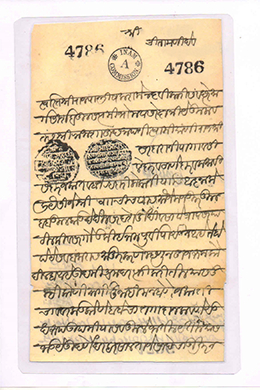
Grant Letters

Grant Letters

Grant letters of Chinchwad

This coin is known as the Gaṇeśapur Chinchwad Rupee or Dev Rupee. It is a silver coin that weighs between 10 and 11.5 grams. During the reign of Śrīmant Madhavrao Peshwa, this mint-coinage factory was established at Chinchwad. According to reference books, the mint was operated by a partnership between Chinchwad Deosthan and the Peshwa rulers. It included gold, silver, and copper coins from 1767 to the first half of the 19th century. Because the Shree Dev family and the Peshwa himself were devotees of Gaṇeśa, ‘Paraśu’—an axe or hatchet—a weapon in Shree Gaṇeśa’s hand—must have been engraved on the coin. The inscription on the surface of the coin, like on other coins from this era, is in Urdu. It bears the name of Delhi’s then-emperor (Shah Alam II, alias Shah Ali Gohar). This denotes the coin’s period. The metal used for these coins was regarded as among the best of the Peshwa dynasty.
In the book “Maratha Mints & Coinage” published by the Government of India, the mint of Chinchwad is mentioned as “Chinchur”.
Śrī Chhatrpati Shahu Maharaj’s grant letter to Chinchwadkar Deo, granting both sides of Chinchwad village

© 2025 Chinchwad Deosthan Trust. All Rights Reserved.
Design & Developed by Pixel N Paper





 उत्सवपत्रिका २०२४
उत्सवपत्रिका २०२४